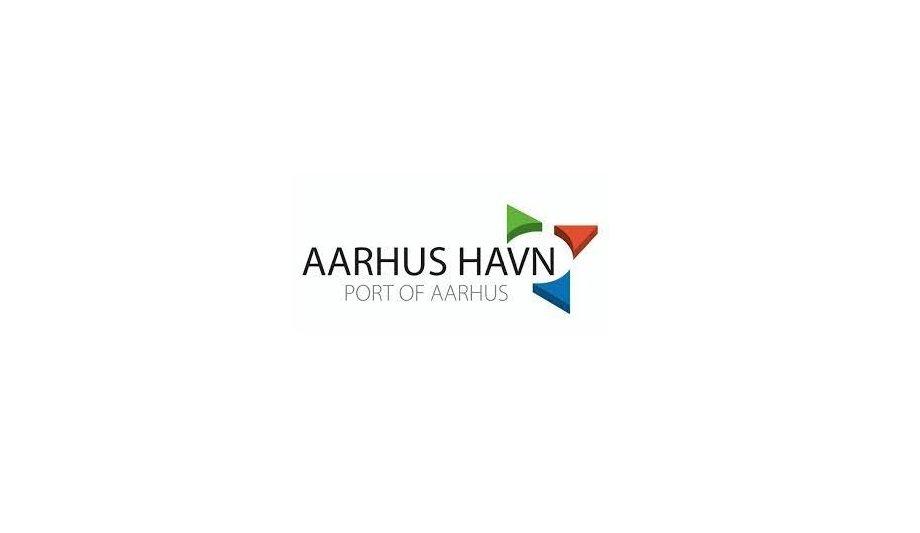When cruise ships start calling at the Port of Aarhus from 2023 onwards, PowerCon A/S will be there to supply them with energy.
Back in September 2021, the Board of the Port of Aarhus resolved to invest in a shore power facility for cruise ships. Before this decision, the job of establishing the facility in the port in Aarhus was tendered as an EU project, a tender that was won by Hadsund-based PowerCon A/S.
Small and large shore power solutions
PowerCon has been providing small and large shore power solutions since 2016 and is the company behind such projects as the cruise ship shore power facility that was installed in Kristiansand, Norway in 2018.
Since then, PowerCon has gone on to establish several facilities across Norway, as well as a facility in Rostock, Germany, with work currently also underway on a facility in Southampton, England.
Complying with international standard
The standard also defines the capacity of the system which will be 16 MVA
The facility that the Port of Aarhus will be getting will comply with the international standard, ensuring that cruise ships that call at Aarhus can connect to the system. That is to say, this standard ensures that cruise ships and ports across the globe are adapted to be compatible.
The standard also defines the capacity of the system which will be 16 MVA (megavolt amperes). This means that both bigger and smaller vessels alike will be able to connect to the facility in Aarhus, provided they can receive shore power.
Shore power facility
The shore power facility is expected to be ready for the 2023 season and will reduce pollution in the city, whilst at the same time making it more attractive for cruise ships that have converted to or are built for shore power to call in at the Port of Aarhus.
The decision to invest in a shore power facility should be seen as a part of the Port of Aarhus’ wider sustainability strategy. The aim is for the port to be the most sustainable in the Baltic Region, whilst at the same time supporting the Municipality of Aarhus’ objective of being carbon-neutral by 2030. The investment is receiving support from the EU (CEF funds) as well as a subsidy from the Municipality of Aarhus’ Go, Green Fund.
